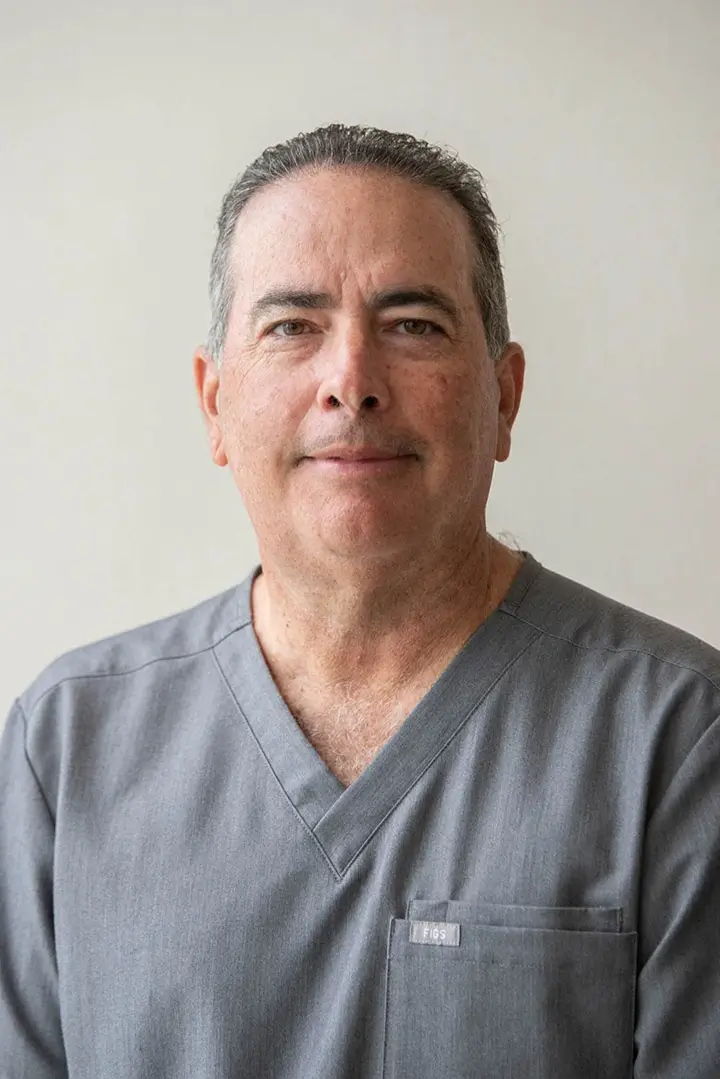By tweaking stem cells from patients’ muscles, European scientists today announced that it may be possible to treat Duchenne muscular dystrophy.
Muscles weaken over time in patients afflicted with Duchenne muscular dystrophy.
Despite only affecting boys, Duchenne’s is one of the most common forms of muscular dystrophy out of a total of nine major types.
The muscle function in mice was improved with the use of their stem cell technique reported the European scientists.
The technique “represents a promising approach for Duchenne muscular dystrophy” but needs more work, write the researchers. They included Rachid Benchaouir of Italy’s University of Milan.
A sample of adult stem cells was extracted from the muscles of the mice afflicted with Duchenne muscular dystrophy as an initial step.
Dystrophin, which is a protein needed for muscle development, is limited in patients with the condition due to a genetic glitch. The scientists moved to correct this error in the next step.
Lastly, the mice were “re-introduced” to the corrected cells via injection.
Allowing the mice to run longer in a treadmill test and improving the mice’s muscles overall, the tweaked stem cells made more dystrophin within 45 days following the stem cell treatment.
Stem cell scientists are careful even though the process sounds simple. There are many challenges that must be considered and monitored during treatment and cell preparation prior to injection.
Dogs with Duchenne muscular dystrophy were treated last year by another team of scientists.
The journal Cell Stem Cell has published the details of the new experiments in their December issue.

